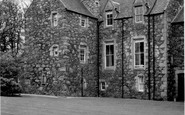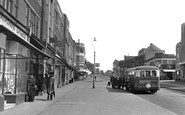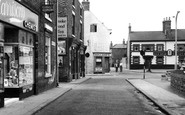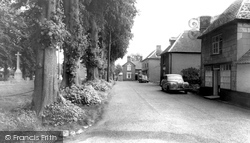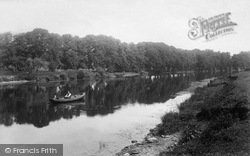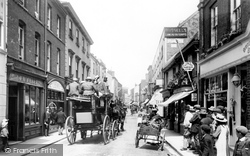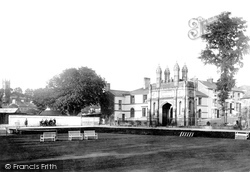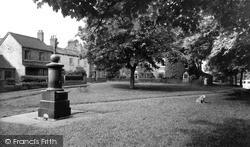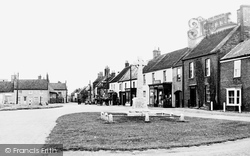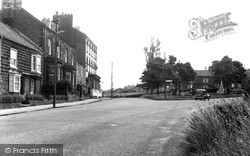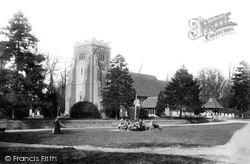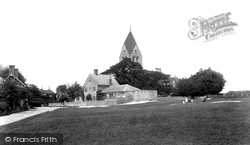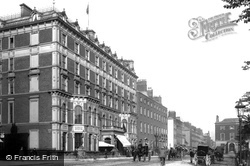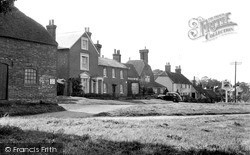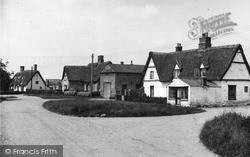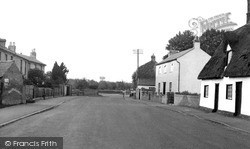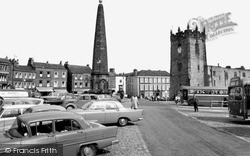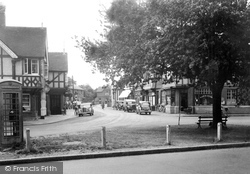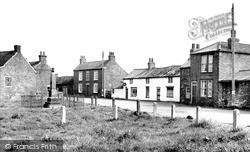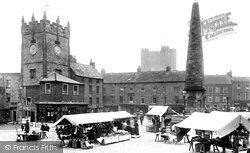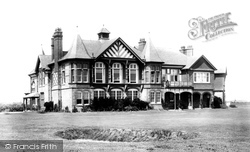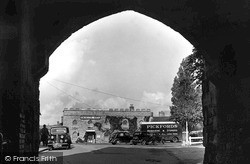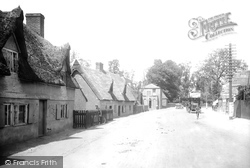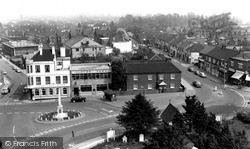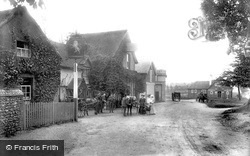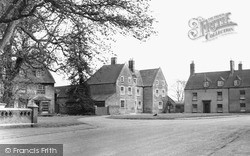Places
8 places found.
Those places high-lighted have photos. All locations may have maps, books and memories.
Photos
4 photos found. Showing results 61 to 4.
Maps
53 maps found.
Books
Sorry, no books were found that related to your search.
Memories
792 memories found. Showing results 31 to 40.
A Lovely Place To Grow Up!
I was born in Arnold Avenue, just five minutes walk from the George pub, which was handy later on in my life. Also the post office opposite the pub, which was owned by Mr & Mrs Fit-Simons, who used to have rows of ...Read more
A memory of Meopham in 1956 by
Green Grocers And Grocers In Leytonstone High Road
My dad, George Cotter, had some connection with the green grocers in Leytonstone High Road sometime in the 1930's. Also my mum Constance Lomax's parents had a grocers along there too......does ...Read more
A memory of Leytonstone in 1930 by
Happy Days At Arnage Castle
1942/1976 - I am the son of Alex Stewart, brother to D.C. Stewart. I spent my early years at Arnage during and after the war. I was at all the Arnage gatherings and met many stars of stage and screen. Many the time the ...Read more
A memory of Ellon by
Growing Up In Edgware
I was actually born in Bushey but I grew up in Edgware. I always thought it a funny little town but in it's own way it was beautiful. The parks were beautiful and always had Rose Gardens and ponds to visit. Walking was a way ...Read more
A memory of Edgware in 1961 by
Childhood Memories We Never Forget
To anyone reading this; I was born Valerie Harding and lived in Wedges Mills and I remember so many things about my childhood in Cannock. The Maypole dancing at John Woods school, attending Church each Thursday ...Read more
A memory of Cannock in 1953 by
Folkstone Court, Newmarket Avenue
My name is Jo Buchanan, I used to live at 2 Folkstone Court and went to Islip Manor Middle School and would love to hear from anyone who remembers me from 1978-1988. I'll always remember going cooler picking, down ...Read more
A memory of Northolt in 1980 by
Childhood Freedom
My brother and I spent very important years in Theydon Bois. We were only there for 5 years but they were probably the most formative. It was a very simple village. There was the school, far too small for the many children ...Read more
A memory of Theydon Bois in 1953 by
Memorable Lampost
I was born in 1946 and lived in Caldbeck Avenue. When I was 6 on the way to Cheam Common School one morning I was running trying to keep up with a motorcycle and ran into this lamp post and split my head open. The ...Read more
A memory of Worcester Park in 1952 by
The Annual Fair
The Annual Fair was always a time that the young people of Thorne waited for. Opposite the Red Bear, not far from Clarkes Pork Pie shop, there was situated a boxing booth and the young men used to try and win a prize for staying in ...Read more
A memory of Thorne in 1961 by
School 1935 To 1940
I went to the village school around 1936 to 1940. I believe the teacher's names were Miss Turk and Miss Murray. Miss Turk lived in the adjoining school house while Miss Murray travelled in from Pevensey. Empire day; the ...Read more
A memory of East Dean by
Captions
357 captions found. Showing results 73 to 96.
The parish church of St Margaret is built from local brown cobbles. The tower has a fine spire divided by two decorative bands above the spire lights.
Here we see an exceptionally pretty village green, lined on all sides with trees.
For many years this was the area where Nottingham folk would stroll or row.
The red sandstone cliffs of East Devon break into the green and pastoral valley of the River Sid; Sidmouth lines the slopes of the gap.
Helston's Bowling Club was founded in 1760, and the green was laid in 1764.
The Green is to the north of St Andrew's Church; around it are some of the village's more interesting houses.
On the green is the war memorial to the fallen of the First World War which was unveiled with due ceremony by Lord Leicester in the 1920s.
The west end of Skelton is laid out around a central green area, on which is located the war memorial.
All Saints' church, admired for its brick tower, has a nave dating back to the 12th century.
The green and the surrounding roads and houses may look a little different today, one hundred years after this photograph was taken, but one landmark remains reassuringly constant and permanent: Hawkley's
A view along St Stephen's Green North, showing hansom cabs and the famous Shelbourne Hotel when it was just thirty years old.
Newick is situated halfway between two great Christian centres of worship—Canterbury and Winchester—so the village was used as a resting-place for pilgrims.
Butt's Farmhouse on the green was a medieval open hall. In the 17th century a chimney stack was inserted into the hall, and a cross wing built to the left. The small brick extension was a shop.
The first village settlement was around a huge green beside the Car Dyke, a Roman ditch that connected Cambridge with Peterborough and the north.
Richmond, the capital of Swaledale, has been described as one of the most perfect market towns in England.
A view of Datchet High Street from The Green.
The village store faces the war memorial on the green, which appears to have been fenced off. Surely this was not protection from vandals!
In the 1900s these included a tobacconist's, a bank, and two butchers. It now houses the regimental museum of the Green Howards.
By 1921 the green fees at the Old Links, St Anne's were 2s 6d on weekdays and higher at weekends, whilst the Lytham & St Anne's club charged a fee of 5s for play on any day of the week.
A glimpse through the Castle Bow towards the Castle Green. This area was once the site of the Saxon Minster and burial ground. In recent centuries the green was used for livestock markets.
Although only visible from its sign in this picture, the Green Man is a magnificent timbered public house.
The large house next to Lloyds Bank was once a doctor's surgery, and it is now a public house known as the Inn on the Green.
Near the green (now a public garden) are some interesting old buildings including the White Lion Inn, parts of which may date back to the 17th century.
The house facing the green was the Bedford's pied-a-terre from 1550-1910. The quoins are of re-used abbey stone, and the stone slate roofs came from Colleyweston in Northamptonshire.
Places (8)
Photos (4)
Memories (792)
Books (0)
Maps (53)

